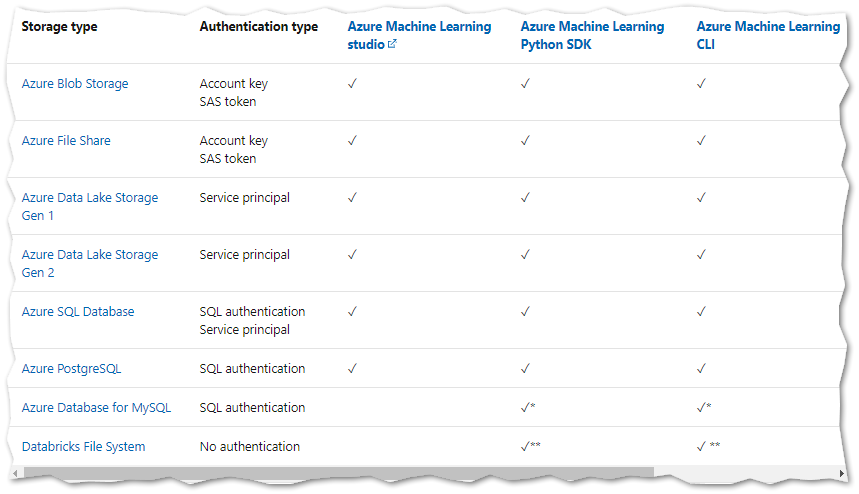Hello @yjay ,
You can use parse operator - Evaluates a string expression and parses its value into one or more calculated columns. The calculated columns will have nulls, for unsuccessfully parsed strings.
For more details, refer SO thread addressing similar issue.
Unfortuantely, Azure Data Explorer is not a supported storage solution with Azure Machine Learning.
Datastores currently support storing connection information to the storage services listed in the following matrix.

For unsupported storage solutions, and to save data egress cost during ML experiments, move your data to a supported Azure storage solution.
Reference: Connect to storage services on Azure - Azure Machine Learning.
Hope this helps. Do let us know if you any further queries.
------------
Please don’t forget to Accept Answer and Up-Vote wherever the information provided helps you, this can be beneficial to other community members.

